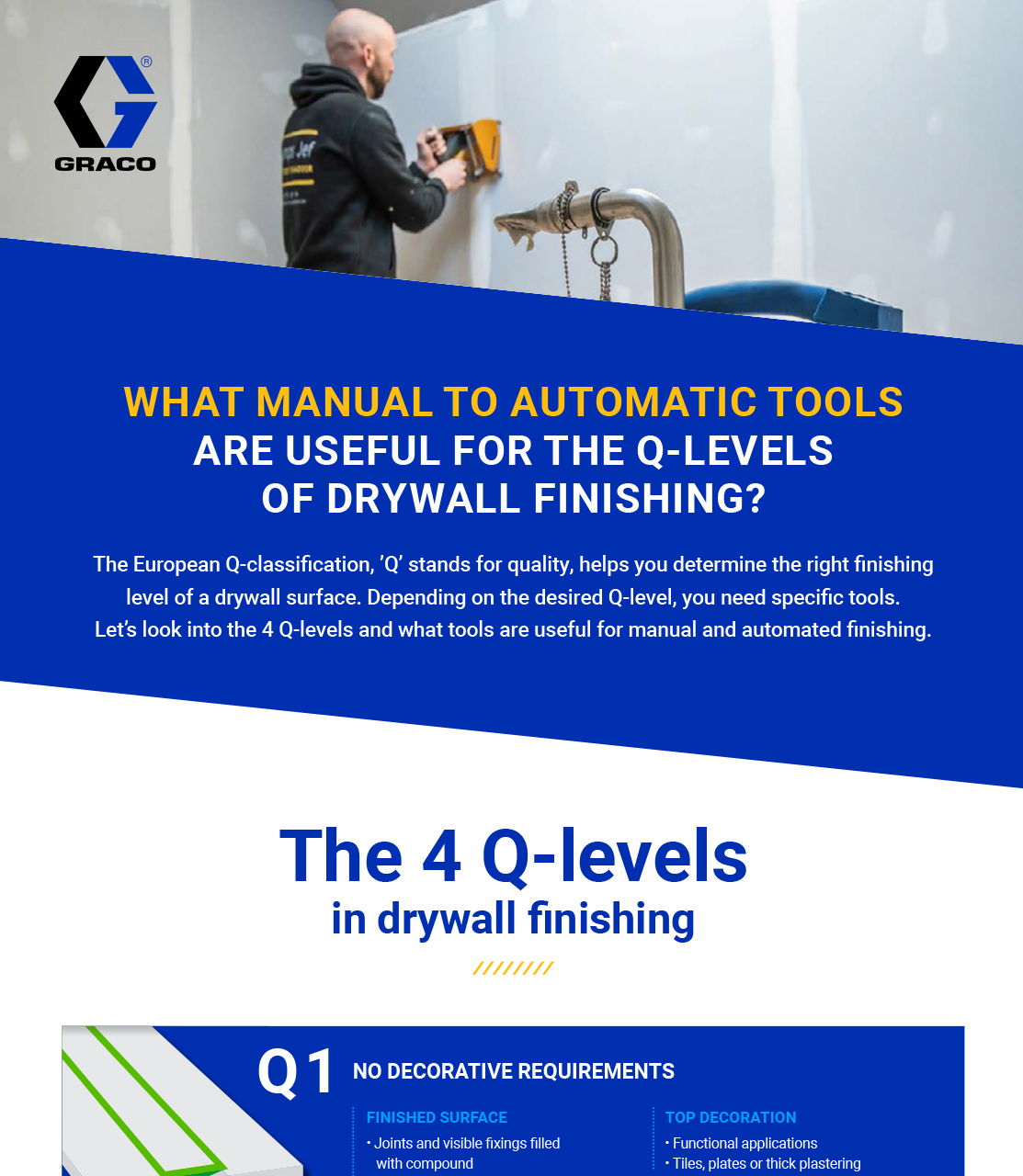What are the 4 quality or Q levels in drywall finishing?
When finishing drywall or plasterboard, the degree of smoothness you need to deliver is defined by the nature of the final decoration. The European Q classification helps you to assess which quality level of drywall finishing is required, and what each of these four Q levels involves.
A glossy wallpaper decoration requires a more advanced surface finishing than a tile covering or heavy texture. But how can you determine which drywall finishing level a specific job requires? The European Q classification provides guidance. It helps you to assess which quality level – or Q level – of drywall finishing is required, and what each of these four Q levels involves. Clarity on which Q level to expect also avoids discussions and misunderstandings about the end result delivered.
A specific drywall finishing Q level for each surface decoration
In the Q1 to Q4 classification for drywall finishing, the lowest level is the most basic finishing level. Go for the highest quality level when you need the smoothest possible surfaces with high visual requirements.
- Q1 for surfaces without decorative requirements
A Q1 drywall finishing is sufficient when no decorative requirements apply. Q1 surfaces can be covered with tiles, plate, or thick layered plaster.
- Q2 for minimal surface smoothness
Q2 prepares drywall surfaces for structured wallpaper, structured paint, and coats applied manually using lambskin or structured rollers, as well as thick top coats with a particle size above 1 mm.
- Q3 when higher visual surface requirements apply
Q3 prepares drywall surfaces for fine structured wall coverings and paint coatings, as well as top coats with a particle size below 1 mm.
- Q4 prepares surfaces for the highest decorative standards
Q4 finishing meets the highest visual surface requirements. It allows decoration with glossy wallpapers, paints, or varnish coats, as well as stucco marble and similar finishes.
What drywall finishing steps does each Q level involve?
Once the ultimate layer of decoration is determined, you know which Q level is needed to finish drywall. But what does each Q level involve?
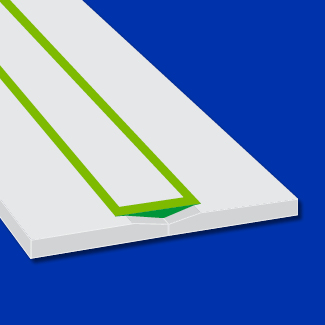
Q1 finishing steps to deliver jointed drywall surfaces
After mounting the plasterboards, take the following steps to obtain a Q1 finishing:
- Apply joint compound
- Apply tape on the joint compound
- Cover visible parts of fixings
- Remove excess jointing compound
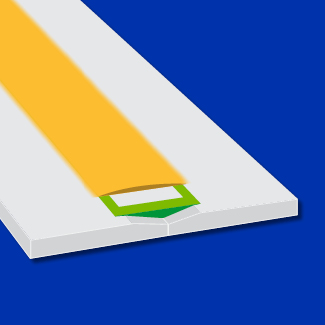
Q2 finishing steps to deliver drywall surfaces with minimal smoothness
A Q2 finishing involves a seamless transition layer on top of a Q1 finishing:
- Apply joint compound on top of the Q1 finishing
- Finish to achieve a seamless transition from the joint area to the board surface
- Sanding might be needed afterwards
- Repeat the above on fixings, corners, and connections filled with joint compound
It is generally accepted that a Q2 finishing is required if no clear agreements are made between the contractor and the customer.
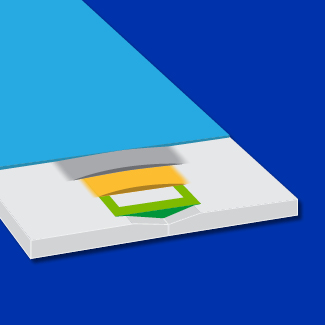
Q3 finishing steps to deliver extra smooth drywall surfaces
Applying a Q3 finishing requires a wider finishing on top of the Q2 finishing, followed by a full plasterboard finishing:
- Apply a wider finish on top of the Q2 finished surface
- Finish the complete surface of the drywall to fill all pores
- Sanding might be needed afterwards
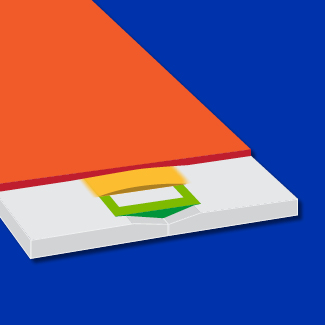
Q4 finishing step to deliver skim coated drywalls
To achieve Q4 you need to apply a full plasterboard skim coat on top of a Q2 finishing:
- The skim coat should have a thickness of at least 1 mm
- The skim coat should be applied over the complete surface of the drywall
Q4 only requires one extra step on top of a Q2 finishing. However, be aware skim coating is a challenging art to master, as you need to deliver a surface with a minimum of marks and traces. These should also be invisible in lateral lighting circumstances. Therefore it is advisable to do a trial for Q4 level projects, taking into consideration the expected lighting conditions of the decorated surface.
Use the right tools for each Q level
When taking on a drywalling job, Q classification or quality level classification helps you to determine the required finishing level to deliver, bearing in mind the ultimate decorative finishing of the surface. Skill and expertise are essential to get the job right. Efficient and robust equipment allow you to enhance quality, save time, and suffer less fatigue. Look into specific manual or (semi-)automatic tools available for each Q level. More automatic specialized tools can also help you take the step to offering higher Q levels of finishing.
related articles
Manual versus more automated drywall finishing tools
Why and how can you shift from working manually to using automatic tools for drywall finishing?
How to expand your drywall finishing contracting business
Feel like expanding your drywall finishing business? Look into some strategies to make it work.
Discover the different Q levels and working methods in drywall finishing
Which tools are useful for Q1 to Q4 manual to automated drywall finishing?
